Tamron 70-200mm f/2.8 Macro lens review
Ever since I first purchased a Canon back in 2005 I’ve been looking for a replacement for the excellent Nikkor 70-180 macro zoom. The Nikkor is fantastic on a DX cropped camera, zooming from around 1:3 to 1:1. I purchased the Tamron lens for use on my full-frame Canon camera, and took it on the two-week Wetpixel staff trip to the Philippines back in May. Hopefully this review will be handy for folks looking for an excellent macro zoom lens.
To see how the lens fares as compared to other popular 70-200 zooms, check out the review at DPReview. I agree with the conclusions for topsides use. To summarize:
Pros: Lightweight, solidly built, and excellent optical quality;
Cons: Slow autofocus (no USM), clunky focus clutch mechanism.
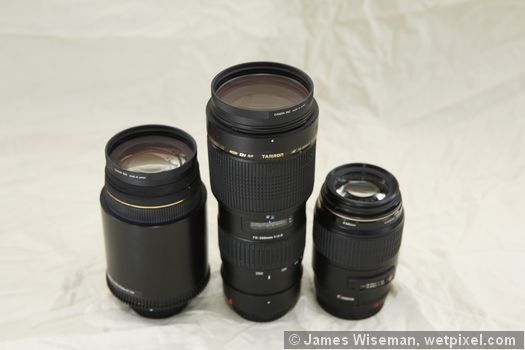
Sigma 150mm, Tamron 70-200mm, Canon 100mm
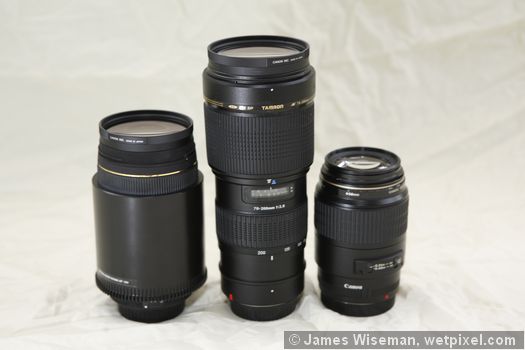
Sigma 150mm, Tamron 70-200mm, Canon 100mm
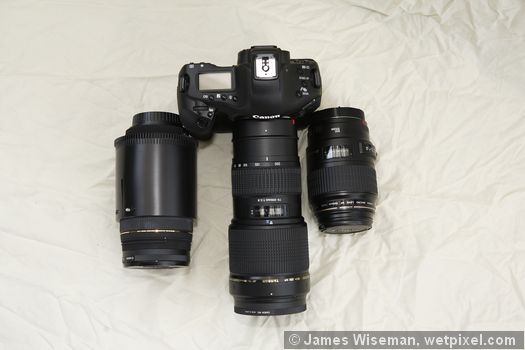
Sigma 150mm, Tamron 70-200mm, Canon 100mm
Cost: the lens costs between $700 and $800 and comes in Nikon, Canon, and other popular mounts
Optical Performance: Topside without a diopter the optical performance is superb. Topsides when used with a single element diopter, the performance is terrible, however when an achromat diopter like the Canon 500D the performance is excellent!
The following test shots show the magnification possible with the lens. Using the 500D, the maximum magnification is 1:1.4
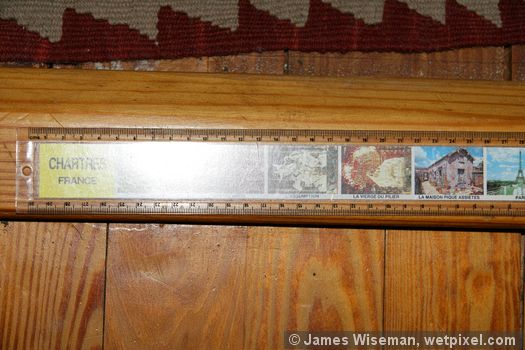
70mm – No Diopter
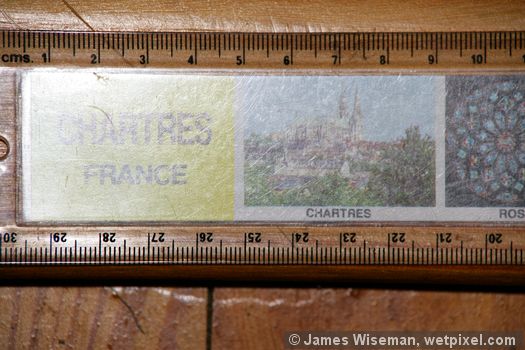
200mm – No Diopter
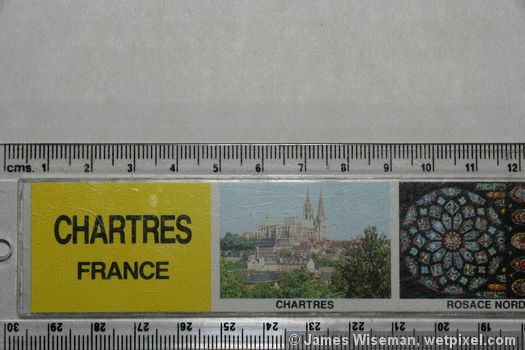
70mm with 500D Diopter (+2)
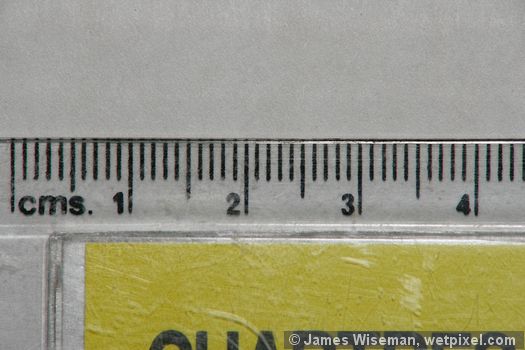
200mm with 500D Diopter (+2)
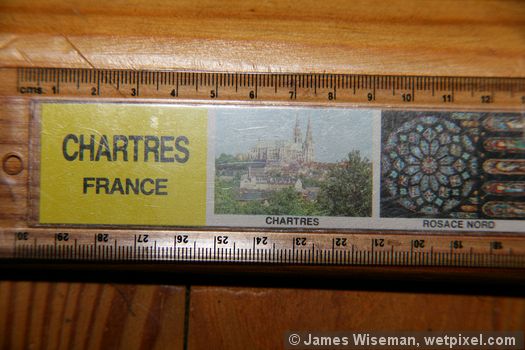
70mm with B+W +2 Diopter – Poor Performance
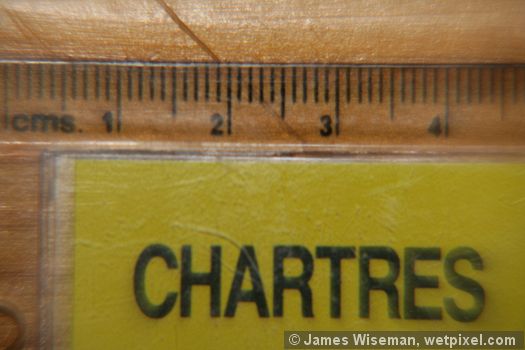
200mm with B+W +2 Diopter – Poor Performance
Underwater performance is also very good when used behind a flat port. Chromatic aberration was minimal and not noticeable more than I get from the 100mm or 150mm macro lenses.
Minimum Focus Distance: without a diopter, the minimum focus distance is 1 meter, or about 38 inches from the focal plane. Because the lens is so long, that is about 30” from the lens tip. When used with the 500D, the minimum focus distance is much reduced. Closest focus is about 12” from the lens tip. Of course, minimum focus could be better - and you will find yourself underwater wanting to move in more – but is very respectable.
Port/Zoom/Focus Gears: I was able to easily set this lens up for my Seacam housing because I have a variety of macro ports and extensions. I even have a multi-port extension which has a zoom/focus knob on it – that can be placed into the mix to allow for even more flexibility. I started off using the multi-port as I thought I’d want to use the lens by focusing manually. The lens is so fat at the tip that I was not able to use a focus gear, but I used a trick I learned from Ryan Canon – using a piece of Velcro wrapped around the focus ring to give the focus knob/gear something to “bite” on. For a zoom gear, I found that the Seacam 100mm macro lens gear worked almost perfectly. I needed to put some <1mm thick rubber shims under where the gear grips the focus ring and voila! I did my first dives with the multi-port and the lens set in manual focus, then did my next dives using the lens in autofocus with the focus control on the * button. After those first few dives, I never went back to manual focus with this lens again, so I switched over to a straight flat port setup (as shown below).
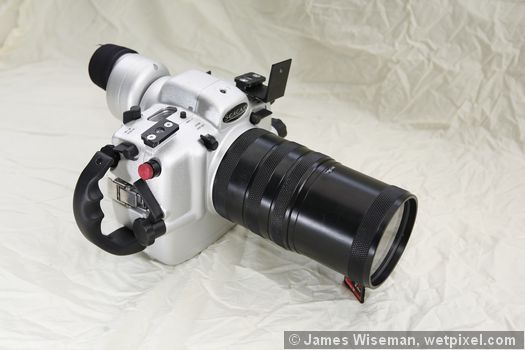
Seacam housing with required macro port length – it’s a beast!
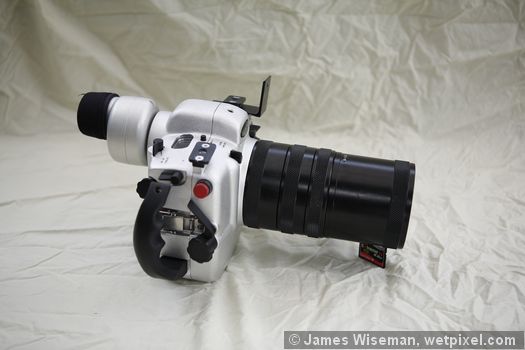
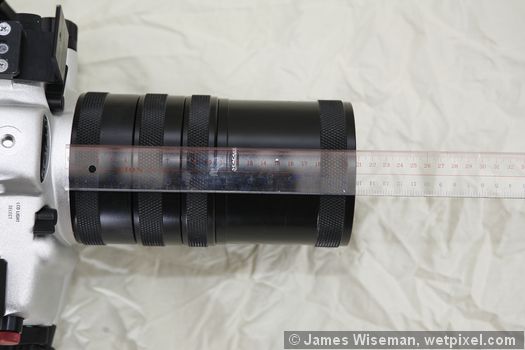
With the Seacam housing, approximately 205mm of extension is needed. The combination of rings that I used resulted in 210mm of extension which left a bit of air between the 500D diopter and the port.
Underwater Handling: Because the lens is long, the port is huge – and this has some pros and cons. On the plus side, the port traps a lot of air – which really helps by adding buoyancy. I added two of my “patented” foam buoyancy rings around the port base and the buoyancy/handling were just about perfect. The downside of the long port is that it requires you to push your strobes out in front considerably if you want to use creative and side lighting. This can contribute to the housing tilting forward if you have heavy strobe arms or strobes.
Overall Assessment: I would not hesitate to recommend this lens to anyone who is looking for a macro zoom – regardless of mount. Because of the focal range and internal focusing system, the lens essentially offers a 50mm and a 100mm macro on the same dive. With a faster f2.8 aperture when compared to the Nikkor 70-180mm, this lens is a good AF performer. The 70-200mm zoom range of the Tamron also means it’s a “standard” topsides lens – meaning you’ll have a very respectable mid-range telephoto lens to use on your dive trip.
Sample Photos
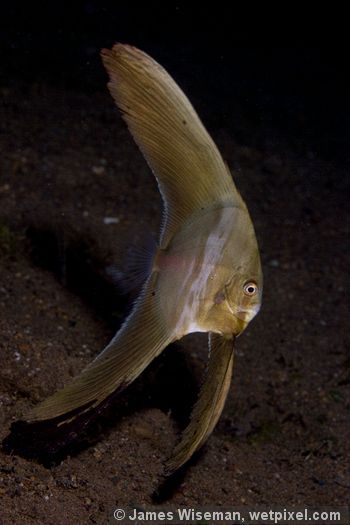
70mm 1/160th @ f13
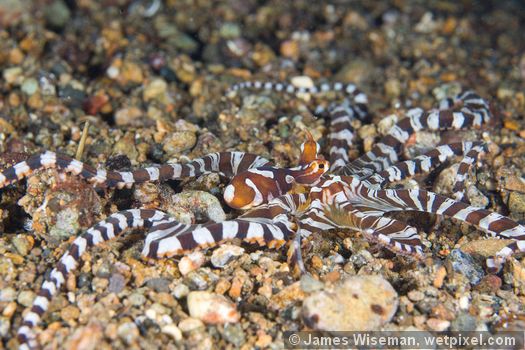
70mm 1/160th @ f13
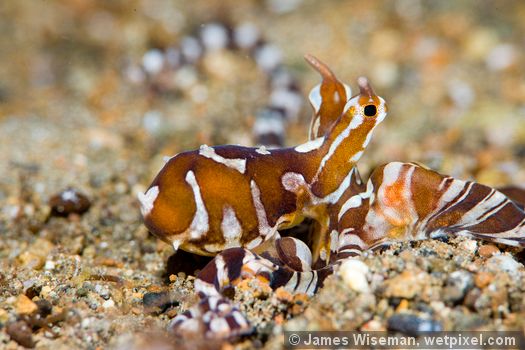
Same subject – zoomed in to 200mm 1/160th @ f13
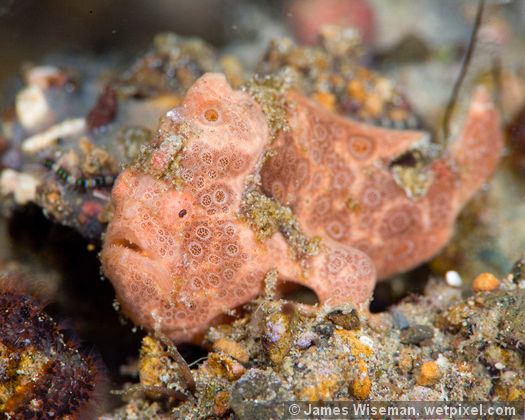
200mm 1/160th @ f16
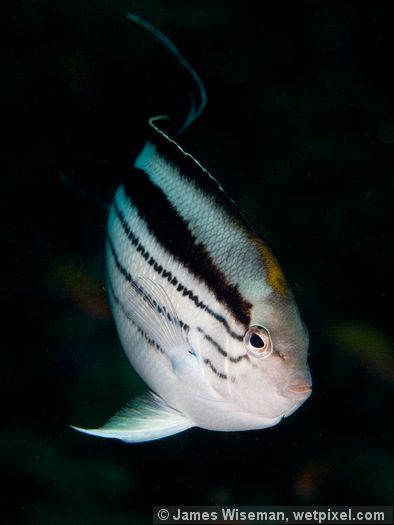
70mm 1/100th @ f11
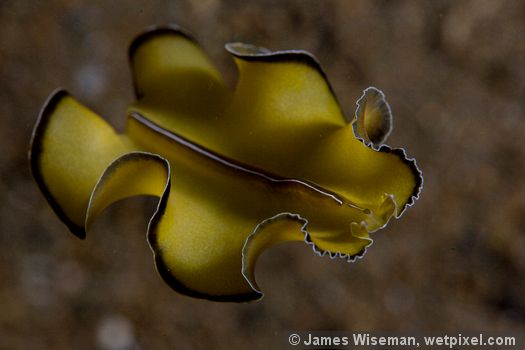
128mm 1/160th @ f16
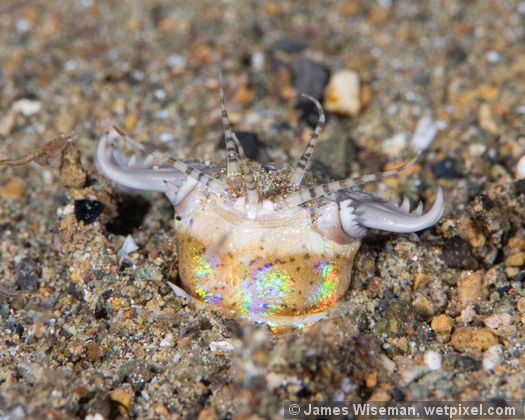
200mm 1/160th @ f16 – cropped about 1.5x
-James Wiseman